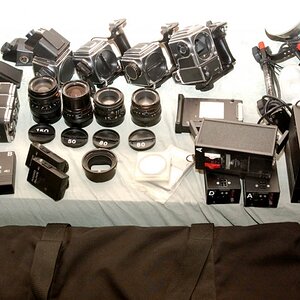unpopular
Been spending a lot of time on here!
Would you say that, in any given class, primes still outperform zooms, or has zoom technology improved that it doesn't much matter? Do primes still offer a quality-to-price advantage, even if not as convenient?
If zooms are now "just as good" quality-wise, when did this improvement take place? If i bought a zoom lens from 1995, would it still perform similarly to similar quality prime from the same era?
Obviously, I don't expect comparisons to a cheap kit lens with a high-end portrait lens, and I know that an exact comparison cat really be made, but lemons-to-limes, what are your impressions with modern zooms?
If zooms are now "just as good" quality-wise, when did this improvement take place? If i bought a zoom lens from 1995, would it still perform similarly to similar quality prime from the same era?
Obviously, I don't expect comparisons to a cheap kit lens with a high-end portrait lens, and I know that an exact comparison cat really be made, but lemons-to-limes, what are your impressions with modern zooms?



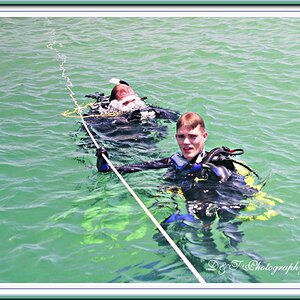
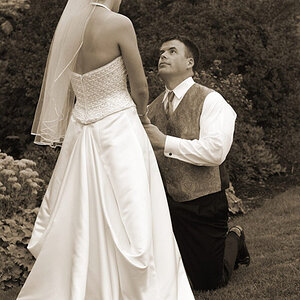
![[No title]](/data/xfmg/thumbnail/36/36102-8cd330c175e72b4b8009082908e60620.jpg?1619737346)

![[No title]](/data/xfmg/thumbnail/37/37522-f67b10bc5ee534f9bc21ee94917445b9.jpg?1619738129)
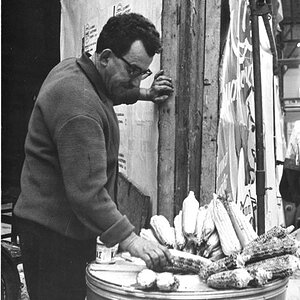

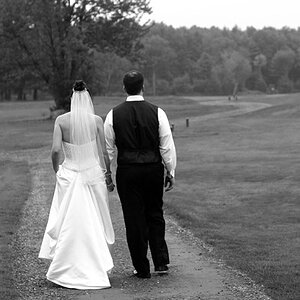
![[No title]](/data/xfmg/thumbnail/42/42276-99df5da06c3e5dc83ae4bab11e935910.jpg?1619740085)
